过去五年,我一直在思考「好点子从哪里来?」这个问题。

这是我们大家本质上都很感兴趣的话题。我们想变得更有创意,我们要想出更好的点子,我们希望团队更进步。
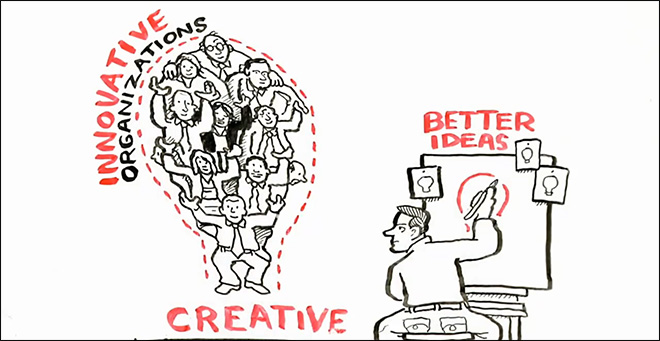
我试着从客观环境这一角度来看这问题。什么样的环境可以导致历史上非比寻常的创造力和创新速度?我从中发现的是,正是一些工作模式的不断积累与重复,造就了一个创意倍出的环境。

其中,有一种我称之为「慢速预感」的模式—— 突破性的点子几乎从不出自于瞬间的优异洞察力、神来一笔的灵感。大多数重要的点子要花很长的时间去演进 ,而且它们得花很长的时间潜伏在幕后。这些点子必须经历两三年,甚至是十或二十年才会成熟,然后突然地,它会在某方面对你变得非常有用,帮助你成功。
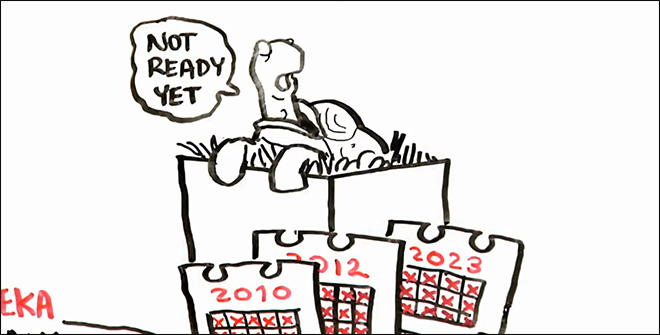
而这某种程度上是因为,好点子通常来自于小直觉之间的互相碰撞,然后它才能形成比本身要大得多的东西。所以,在创新的历史当中,你会见到很多只有半个点子的状况。
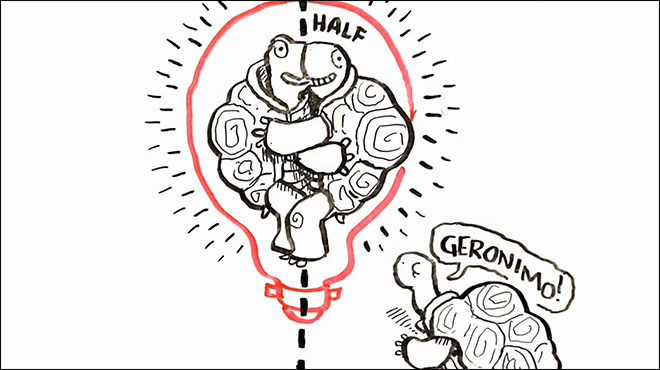
有个关于“全球资讯网”和 Tim Berners-Lee(全球资讯网的创始人)的好例子。这是个 Berners-Lee 致力了十年的故事。但当他刚开始的时候,他对于自己即将发明的新媒体并没预见到全貌。开始时,他只是在做一个附带的计划去帮忙整理自己的资料。几年之后他放弃了那计划,然后开始做别的东西。而仅在大约十年之后,全球资讯网的完整愿景便诞生了。
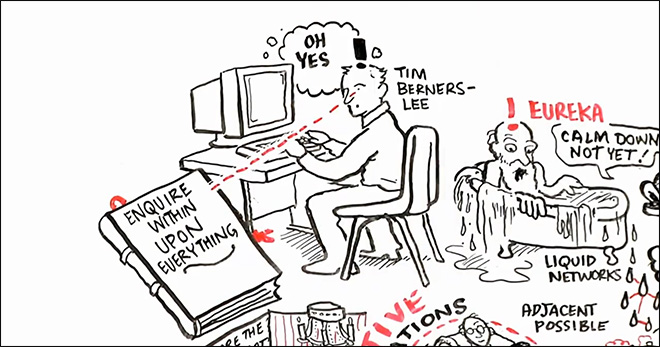
这就是多半点子如何产生的过程。它们需要时间去酝酿,并且在之后的很长一段时间里,它们都处于这种不完整的预感形态。
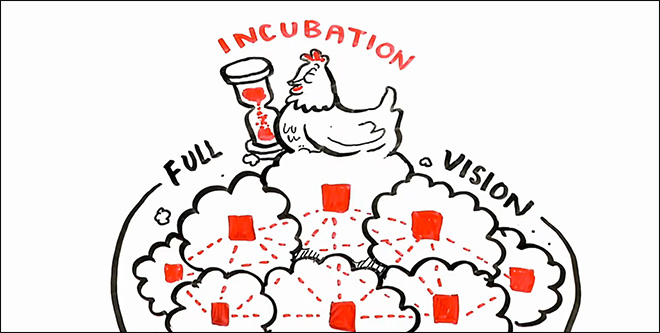
当你如此思考点子时,还有一件重要的事,就是当点子发展成这预感阶段时,他们需要和其他预感互相碰撞。 很多时候,将预感转化成真正的突破性进展的东西,是潜伏在其他人心里的预感。而你必须要找出适合自己的一套方法,让那些预感聚集,并变得比那些零碎想法的总和还要更强大。
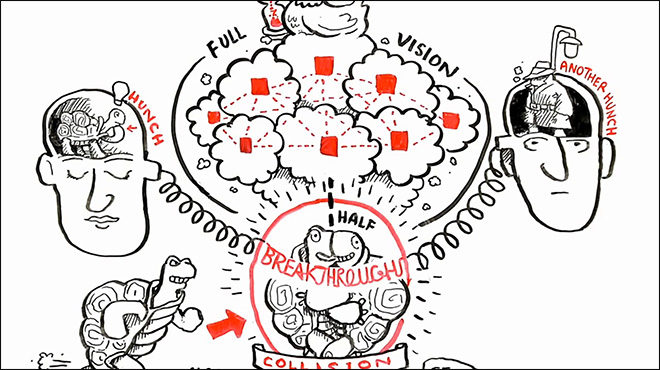
举例来说,为什么在启蒙时期,从咖啡店或是巴黎的现代沙龙可以诞生强大的创造力?因为它们提供了一个场所,让点子能够交流、交换并产生新的形式。
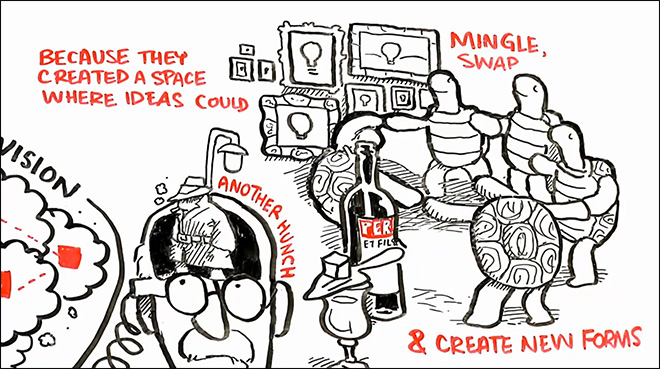
当你从这个角度来思考创新这个难题,就能清楚地解释我们最近一直都有的争论——网络对我们的大脑做了些什么?

我们是否因为生在互联时代,被迫卷入这种多任务的生活方式而不知所措?假如当我们离开了那种较慢、较有深度、深思熟虑的阅读状态,是否将会导致较不周密的思维?

很明显,我热爱阅读。但同时我们不能忘记,科学创新和科技进步,其背后的伟大推手一直以来都是:
一、历史上人类之间越来越密切的联系;
二、我们向外发展以及与他人交换想法的能力;
三、借助他人预感并结合到自己预感之中,将其化作新事物的能力也很重要。
过去六、七百年在创造力和创新上的重大突破,很大程度上都归功于以上几点。
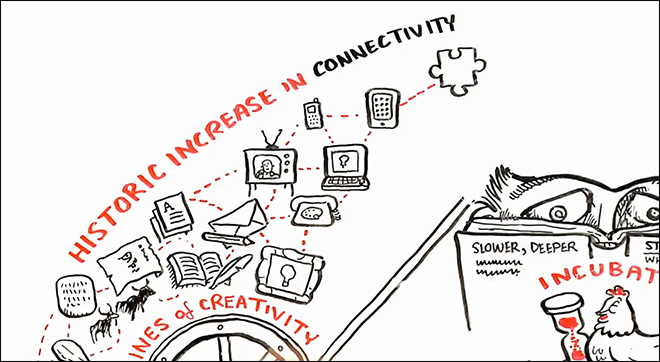
所以,我们的确更为分心了。但过去十五年中,我们也见证了许多非常神奇又不可思议的事情发生。我们有这么多新的方式可以联系在一起,这么多方法使自己向外全面发展,并寻找到其他人,而这些人拥有我们所缺失的,能够圆满我们正在努力的点子。或者,我们还会侥幸碰到一些惊人的新信息可以用来构建、改进我们自身的点子。
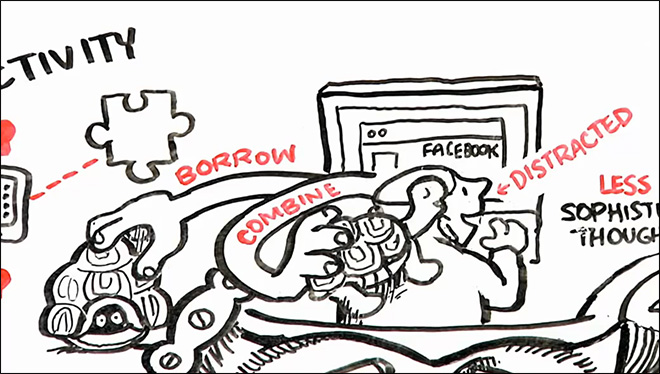
这是我从「好点子从哪里来?」的思考中学到的东西。机遇偏爱那些相互联系、交换想法的人。
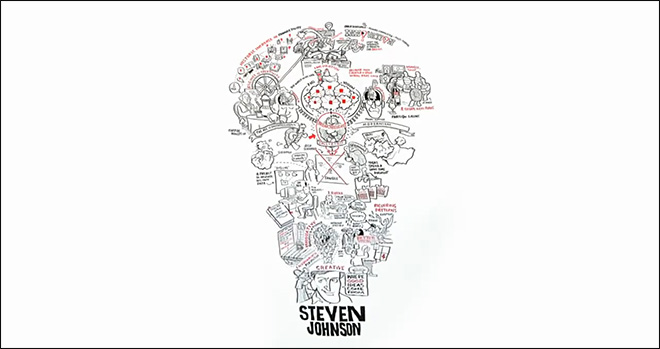
英文原文:
For the past five years, I've been investigating this question of "Where good ideas come from?" It's a kind of problem I think all of us are intrinsically interested in. We wanna be more creative. We wanna come up with better ideas. We want our organizations to be more innovated. I've looked at this problem from an environmental perspective. What are the spaces that have historically led to unusual rates of creativity and innovation?What I've found in all these systems, there are these recurring patterns that you see again and again that are crucial to creating environments that are unusually innovative.
One pattern I call the "Slow Hunch". The breakthrough ideas almost never come in a moment of great insight, in a sudden stroke of inspiration. Most important ideas take a long time to evolve and they spend a longtime dormant in the background. It isn't until the idea's had two or three years, sometimes ten or twenty years to mature that it suddenly becomes successful to you and useful to you in a certain way. And this is partially because good ideas normally come from the collision between smaller hunches so that they form something bigger than themselves.
So you see a lot in the history of innovation, cases of someone who has half of an idea. There's a great story about the invention of the World Wide Web and Tim Berners-Lee. This is a project that Berners-Lee worked on for ten years. But when he started, he didn't have a full vision for this new medium he was going to invent. He started working on one project as a side project to help him organize his own data. He scrapped that after a couple years, and he started working on another thing. And only after about ten years did the full vision of the World Wide Web come into being. That is, more often than not, how ideas happen.They need time to incubate, and they spend a lot of time in this partial hunch form.
The other thing is important when you think about ideas this way is that when ideas take form in this hunch state, they need to collide with other hunches. Often times, the thing that turns a hunch into a real breakthrough is another hunch that's lurking in somebody else's mind. And you have to figure out a way to create systemsthat allow those hunches to come together and turn into something bigger than the sum of their parts. That's why, for instance, the coffee house from "The Age of Enlightenment" or the Parisian salons of modernism were such engines of creativity. Because they created a space where ideas could mingle and swap and create new forms.
When you look at the problem of innovation from this perspective, it sheds a lot of important light on the debate we've been having recently about what the Internet is doing to our brains. Are we getting overwhelmed with an always connected, multi-tasking lifestyle? And is that gonna lead to less sophisticated thoughts as we move away from the slower, deeper, contemplative state of reading, for instance?
Obviously, I'm a big fan of reading. But I think it's important to remember that the great driver of scientific innovation and technological innovation has been the historic increase in connectivity and our ability to reach out and exchange ideas with other people, and to borrow other people's hunches and combine them into our hunches, and turn them into something new. That really has, I think, been more than anything else, the primary engine of creativity and innovation of the last six hundred or seven hundred years.
And so yes, it's true we're more distracted.But what has happened that is really miraculous and marvelous over the last fifteen years is that we have so many new ways to connect and so many new ways to reach out and find other people who have that missing piece that will complete the idea we're working on, or to stumble serendipitously across some amazing new piece of information that we can use to build and improve our own idea. That's the real lesson of "Where good ideas come from?" The chance favors the connected mind.


